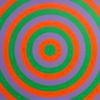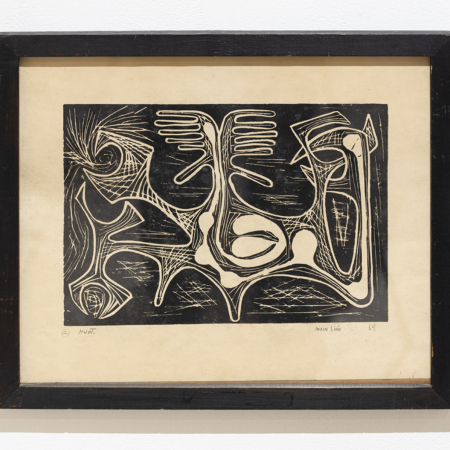Description
Claude Tousignant believes that a painting “happens” in space and he is indebted to his predecessors Piet Mondrian and the constructivists for this artistic assertion. Tousignant attended the School of Art and Design at the Montreal Museum of Fine Arts (1948-51), where he studied with Jacques de Tounnancour and Gordon Webber. Webber, a painter, architect and former pupil of Moholy Nagy, introduced Tousignant to works by Jackson Pollock, Mark Rothko and Adolf Gottlieb at the museum’s Contemporary Art in France, Britain and the USA exhibition (1950). In 1952 Tousignant travelled to Paris, where he was disappointed with the Paris School, finding, on his return six months later, that the thriving Montreal artistic community was much more in keeping with his own sensibilities.
Tousignant takes an experimental approach to developing his abstract paintings. There is the vision for the work itself and a plan that is tested and finalized. After the basic structure for the work is built, it may be altered or rejected. The goal is to achieve the desired vision through relationships of form and colour. His large, hard-edge Cilux car paint works were exhibited at Galerie L’Actuelle in 1956. Paranoid (1956), a canvas horizontally split into two halves of shiny yellow and red paint, was included in the exhibition.
In 1962 Tousignant saw the work of Barnett Newman at the Museum of Modern Art in New York and remarked on his ability “to say as much as possible with as few elements as possible.” Later, Tousignant produced circular paintings with concentric rings of contrasting colours, which he successively entitled targets, chromatic transformers, gongs and chromatic accelerators. Chromatic Accelerator (1967) is among them.
In recent years, Tousignant has primarily concentrated on monochromatic canvases, seeing paintings as “beings” rather than representations that derive their meaning from outside themselves. The artist lives and works in Montreal.
Source: https://www.gallery.ca/









